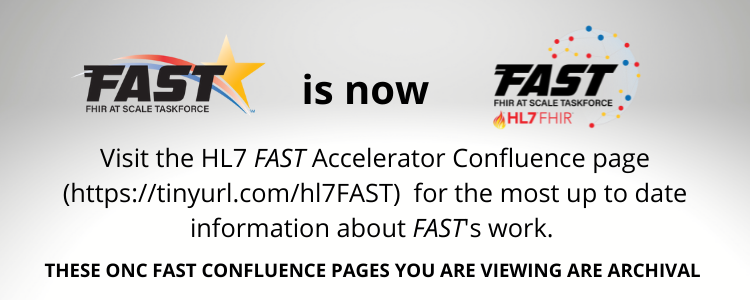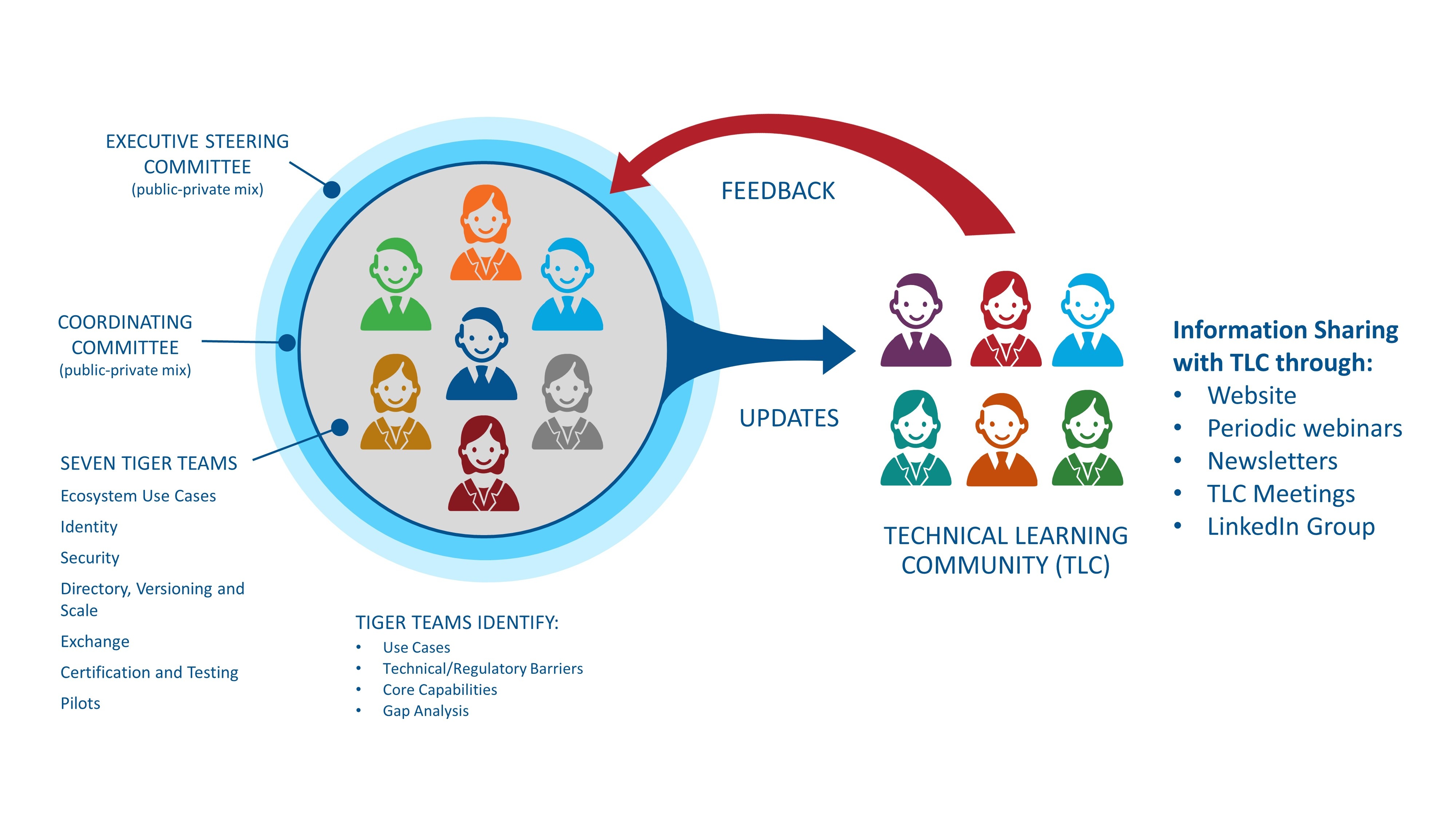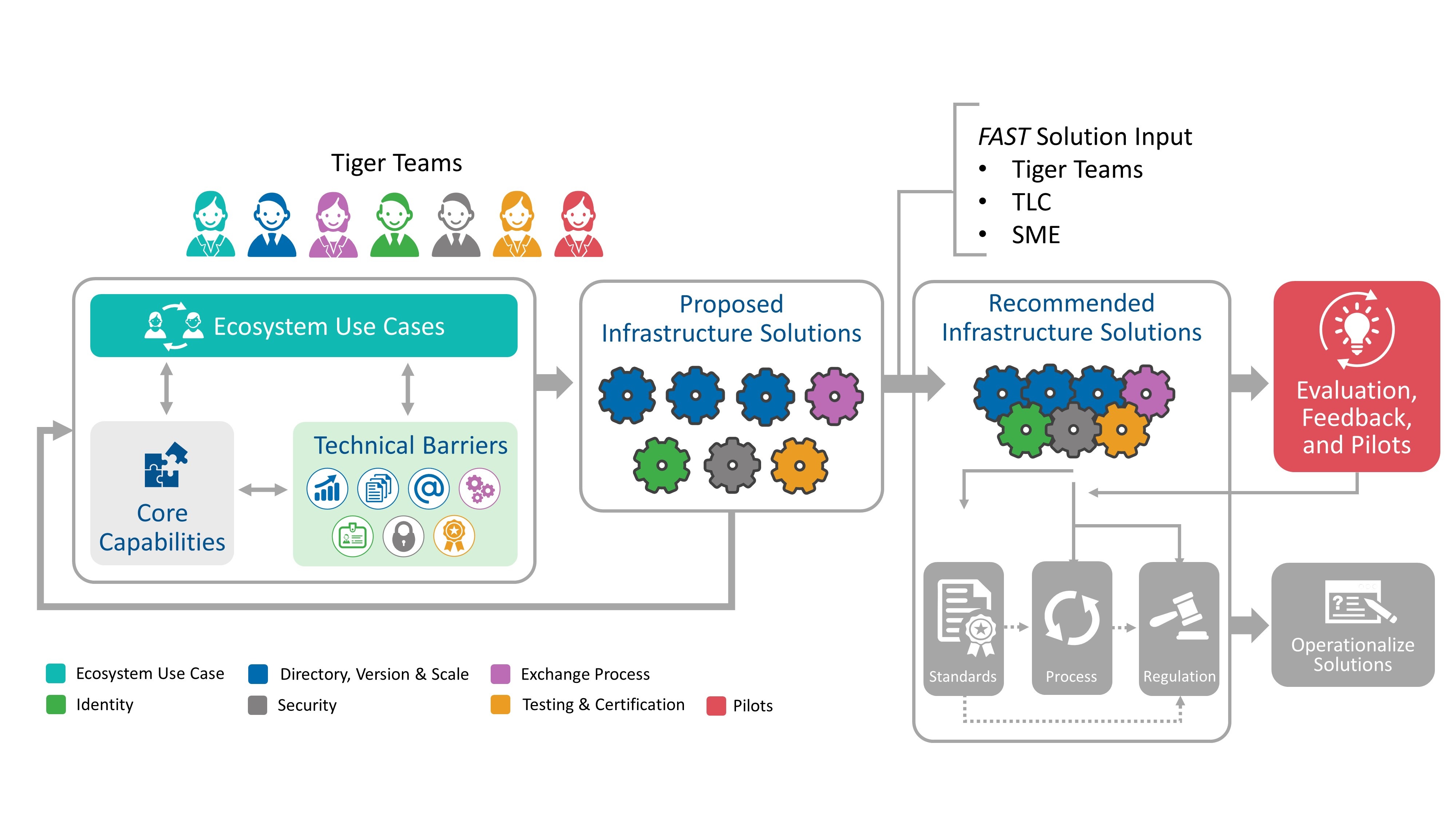Solution | Description | Targeted Path Forward |
Get Involved! |
 Image Modified Image Modified
| A FHIR based approach for building a national endpoint directory capability, focused on easing the ability to identify endpoints currently located in multiple locations by proposing a federated model that uses a single authoritative source of truth. Aims to ensure accuracy of the endpoint information and reduce burden to keep the information up to date. | HL7 Implementation Guide: Update Validated Healthcare Directory (VHDir) for US Realm |
Tentatively targeting May September 2022 STU Ballot |
Implementation Guide development will take place through the HL7 Patient Administration Workgroup
For more details, check out Participating in HL7 Project Calls |
HL7 Implementation Guide: Endpoint Query |
Tentatively targeting May September 2022 STU Ballot |
Implementation Guide development will take place through the HL7 Patient Administration Workgroup
For more details, check out Participating in HL7 Project Calls
Join us to test during the CMS Connectathon in September 2021! For more details, check out the HL7 Sept Connectathon track page: 2021-09 National Directory |
HL7 Implementation Guide: Attestation and Validation Targeting HL7 |
May Ballot for CommentImplementation Guide development will take place through the HL7 Patient Administration Workgroup
For more details, check out Participating in HL7 Project CallsSTU Ballot |
| Build Asset: Endpoint Directory |
Contact Stephen Konya if you are interested in participating to support the naming of the organization to develop the national source of truth directory |
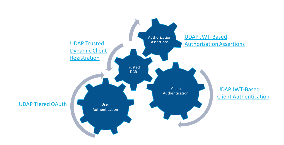 Image Modified Image Modified
| Development of a scalable, easy to adopt, core security solution, using Unified Data Access Profiles (UDAP), focused on how to manage the security of millions of patient records, payers, providers and public health agencies information sharing needs at scale. Aims to provide the industry with scalable security solutions, that ensure the requestor of information using FHIR based information is appropriately authenticated and has the authorization to see the requested data.
| HL7 Implementation Guide: Scalable Registration, Authentication, and Authorization for FHIR Ecosystem Participants |
Targeting Implementation Guide development will take place through the HL7 Security Workgroup
For more details, check out Participating in HL7 Project Calls
Join us to test during the CMS Connectathon in September 2021! For more details, check out the HL7 Sept Connectathon track page: 2021-09 Security and Identity |
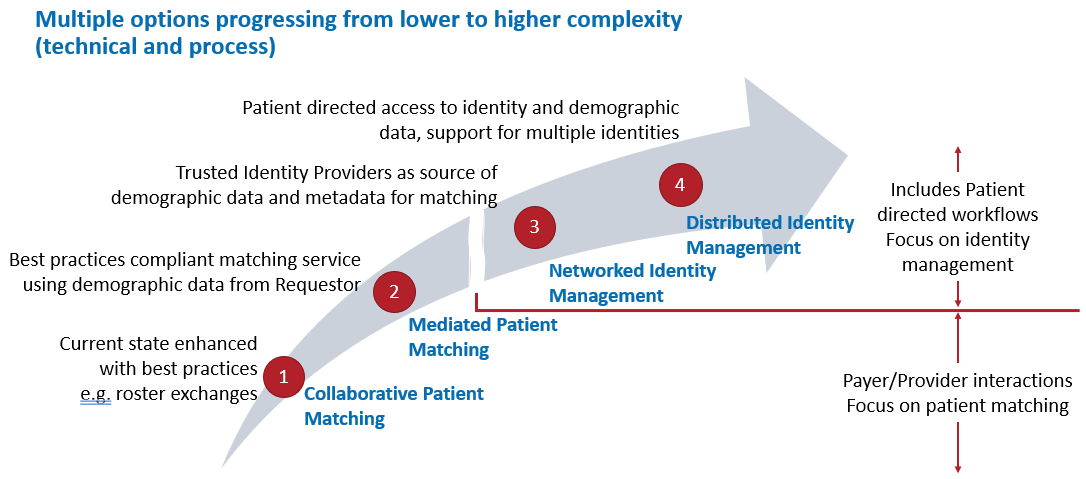 Image Modified Image Modified
| Leverage most up to date industry considerations to build on best practices and recommendations for identity matching services and KPIs, and identity assurance for an appropriate, national, standards based approach for individual identity matching.
| HL7 Implementation Guide: Improving identity assurance and patient match quality through interoperable Digital Identity and Patient Matching capabilities |
Targeting Implementation Guide development will take place through the HL7 Patient Administration Workgroup
For more details, check out Participating in HL7 Project Calls
Join us to test initial solution concepts during the CMS Connectathon in Sept 2021! For more details, check out the HL7 Sept Connectathon track page: 2021-09 Security and Identity
|
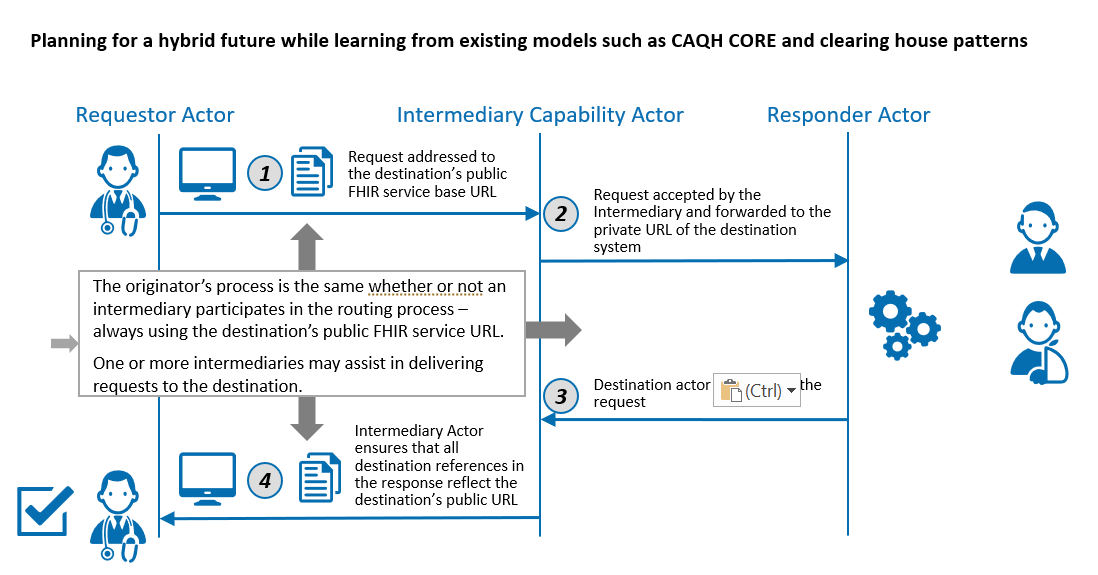 Image Modified Image Modified
| A scalable solution leveraging existing internet name server and routing mechanisms to enable reliable exchange regardless of whether the transaction is dynamic point-to-point or via intermediaries.
| HL7 Implementation Guide: Exchange with or without Intermediaries |
Targeting Implementation Guide development will take place through the HL7 FHIR Infrastructure Workgroup
For more details, check out Participating in HL7 Project Calls
Join us to test during the CMS Connectathon in September 2021! For more details, check out the Hl7 Sept Connectathon track page: 2021-09 Hybrid/Intermediary Exchange |
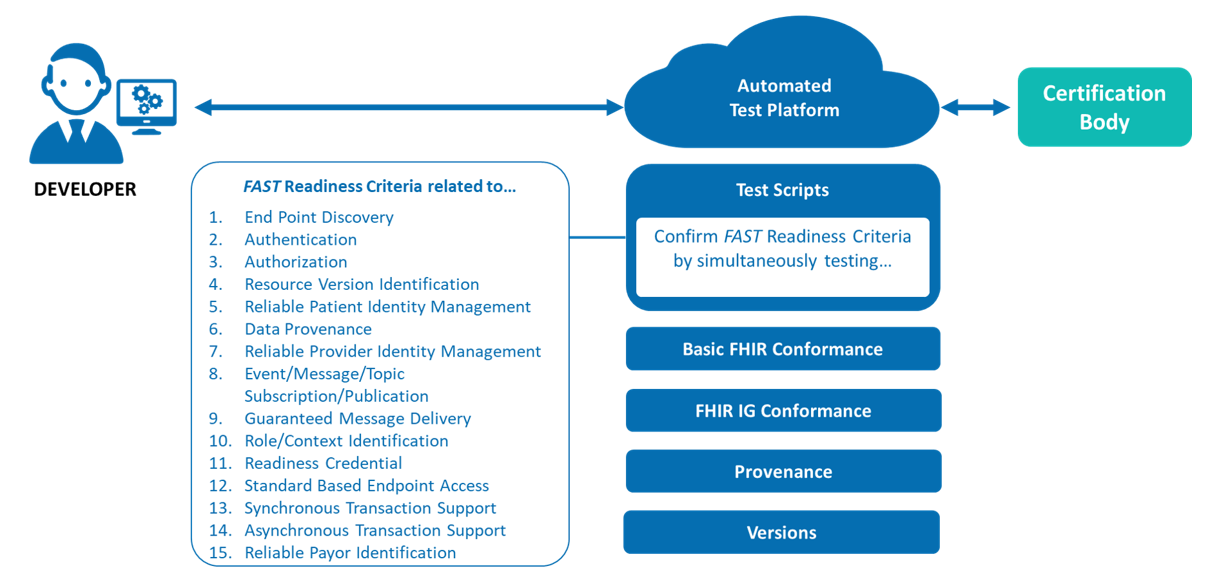 Image Modified Image Modified
| A Testing & Certification approach focused on ensuring standard conformance for scalable FHIR based solutions, including requirements for the development of an automated FHIR testing platform.
| Finalizing Proposed Solutions Path Forward |
Join the FAST Technical Learning Community on LinkedIn to stay up-to-date! | 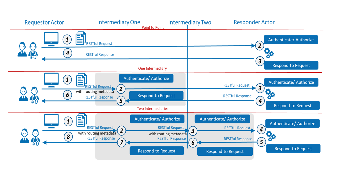 Image Modified Image Modified
| Focused on enabling a high-volume of FHIR transactions to be consistently and predictably exchanged in a hybrid exchange model. Considering FHIR standards for intermediary-to-intermediary exchange and intermediary performance guidelines/service level agreements (SLAs).
| Finalizing Proposed Solutions Path Forward |
Join the FAST Technical Learning Community on LinkedIn to stay up-to-date! |
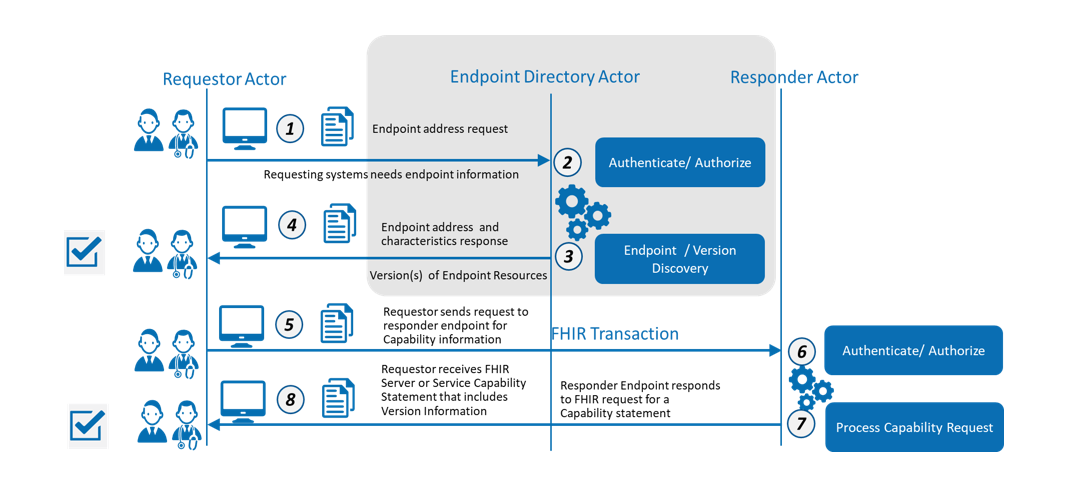 Image Modified Image Modified
| Focused on solving issues caused by the use of multiple versions of FHIR across the healthcare ecosystem. Considering content to be included in the recommended National Healthcare Directory solution (above), a request to HL7 for a FHIR version translation capability to be part of the core FHIR spec, and support in the recommended Testing & Certification Platform solution (above) for version-related testing, capability statement-related testing, and confirmation that FHIR versions are stated in exchanged artifacts.
| Finalizing Proposed Solutions Path Forward |
Join the FAST Technical Learning Community on LinkedIn to stay up-to-date! |
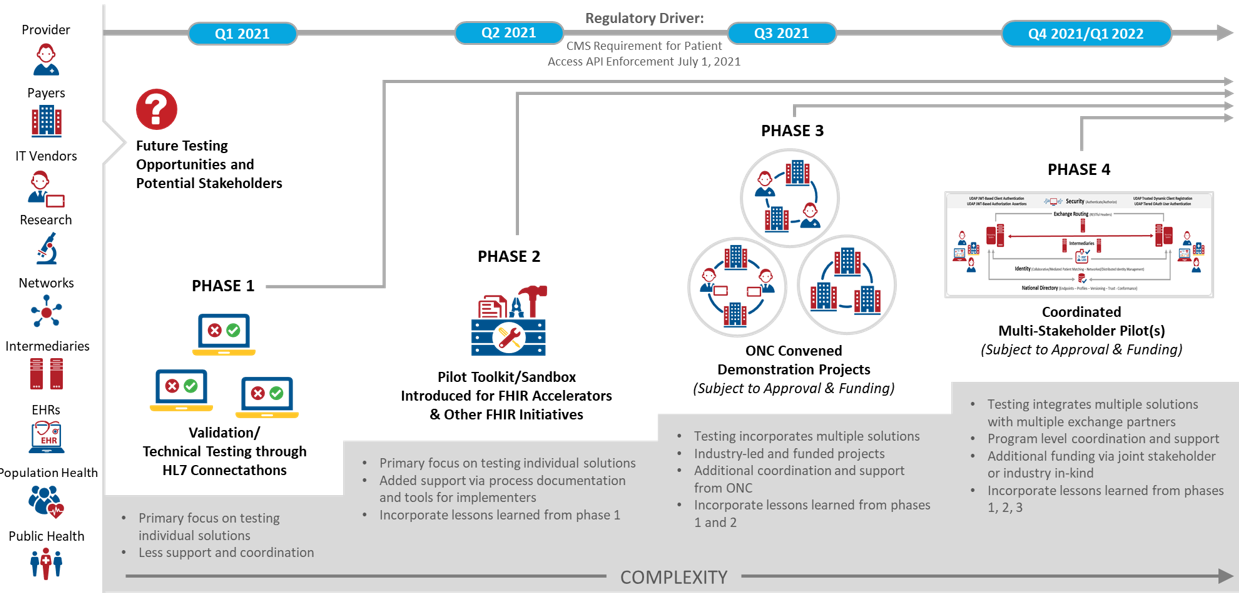 Image Modified Image Modified
| Development of an incremental approach to test and pilot FAST solutions | Development of an incremental
approach to test and pilot FAST
solutions including: - Connectathon testing
- Development of a “FAST Pilot
Toolkit/Sandbox” to be leveraged by FHIR
Accelerators and other FHIR initiatives - Demonstration projects and multistakeholder pilots as needed
|
Contact Stephen Konya if you're interested in testing and/or piloting FAST solutions!